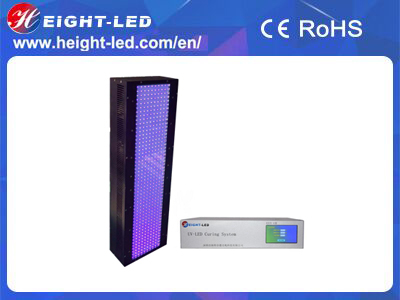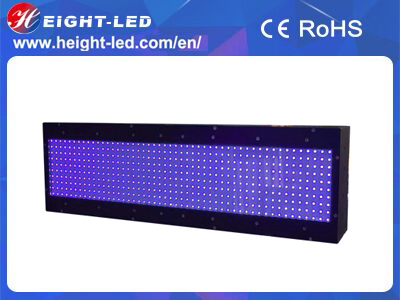

In flexo printing of UV ink, it is also very important to obtain reasonable coloring power.
The key to obtain a reasonable colouring power is to ensure that there is a reasonable
and optimal number of pigments in the graphic and textual parts of the printed products.
That is to control the proportion of pigments in ink.
If the pigments are insufficient, the saturation of the prints will decrease.
At the same time, the dyeing power decreases; if the pigment is excessive,
the fluidity of the ink decreases, the ink layer solidifies slowly, and the ink transfer is bad, which affects the adhesion of the ink.

Even if the pigment in flexo printing with UV ink is reasonable, if the dispersibility of the pigment is not good,
it will also affect the performance of flexo printing machine and the color intensity of the first printing product.
Pigment particles should be fully dispersed in ink, which is the premise to ensure the uniformity and consistency of color.
When UV ink flexo printing is dried and cured, the odor similar to acrylic acid escapes slightly.
Although this odor may have some impact on the environment, so far no harm has been found to the human body.
UV flexographic ink has been used in the field of food packaging abroad for many years without any problems.
Solvent recovery system and catalytic oxidation technology have been used abroad to effectively solve the problem of organic matter emanating from ink in flexo printing.

Curing speed of UV flexographic ink.
The drying and curing properties of ink layer refer to the polymerization reactivity of ink.
There must be a reasonable proportion of pigments and photoinitiators in ink.
The excessive photoinitiator will lead to the rapid curing of the ink surface,
while the ink inside is still in the liquid state. If the ink is processed immediately, it will bring adverse effects.
In addition, due to the post-polymerization reaction, that is, excessive photoinitiator continued to react in the ink (after UV photostop) for 16-24 hours,
the ink layer will be too hard until embrittlement, and the ink layer will break during subsequent processing.
Therefore, the printing ink should be thin, not excessive light. Under ideal conditions, the reasonable drying and curing rate is 100-150 m/min.
For the non-coated and porous printing materials, the UV ink has penetrated into the inner of the printing materials before drying and curing,
so the drying and curing speed should be reduced appropriately.
